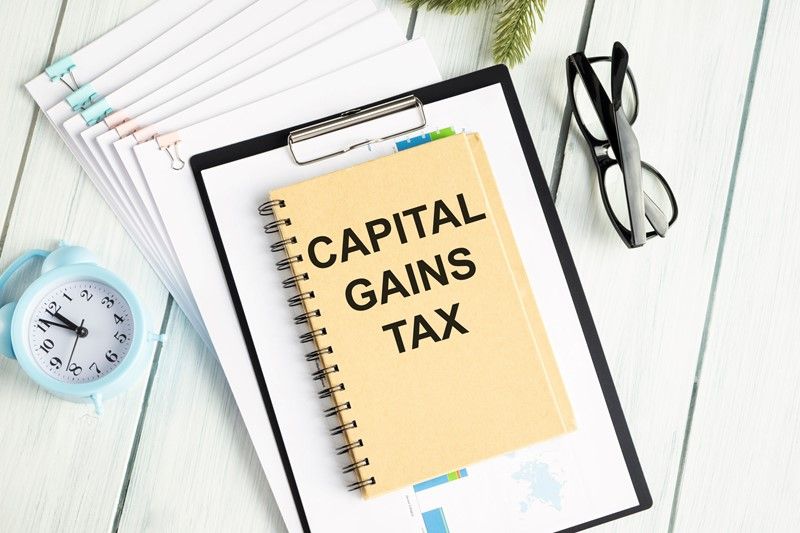Who needs to register for an EORI number
If you are moving goods across borders, an EORI number may be essential for customs clearance. Whether trading with the EU, Northern Ireland, or beyond, knowing which type you need—GB, XI, or EU—can save time and hassle. Here’s what you need to know.
The EORI number is required for the following situations:
- Moving goods between Great Britain (England, Scotland, and Wales) or the Isle of Man and any other country, including EU member states.
- Moving goods between Great Britain and Northern Ireland.
- Moving goods between Great Britain and the Channel Islands.
- Moving goods between Northern Ireland and countries outside the EU.
The type of EORI number required and where to obtain it depends on the origin and destination of the goods. If you are moving goods to or from Great Britain, you need an EORI number that starts with GB, followed by a 12-digit number based on the business's VAT number.
For movements involving Northern Ireland, you need an EORI number that starts with XI. If you are making declarations or receiving customs decisions within the EU, you may need an EU EORI number from an EU country.
An EORI number is not necessary where both of the following apply:
- The goods being moved are not controlled.
- The goods are for personal use only.
Economic operators (EOs) that are not established in the UK (for a GB EORI) or in Northern Ireland (for an XI EORI) may still be able to register for an EORI number under certain conditions.
Understanding when and which type of EORI number is required is important in order to comply with necessary customs regulations when moving goods internationally.




